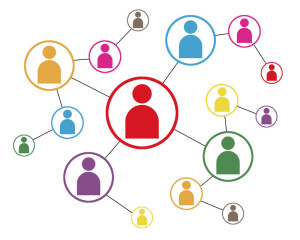It is encouraging to see major system implementations continue to move forward during this period. Seattle Children’s, UI Health and Steward Health Care are just a few examples of EHR go lives in recent  weeks. Kudos to all the teams who are working to ensure they go smoothly and safely as they provide a combination of virtual and onsite support.
weeks. Kudos to all the teams who are working to ensure they go smoothly and safely as they provide a combination of virtual and onsite support.
My StarBridge Advisors colleague, David Muntz, and I just completed an ERP selection with a client. We have moved into the contracting and planning phase. All our work has been virtual. There was a short period where the client team was partially back in their offices but as case numbers in that state rose, they returned to the work from home arrangement with the exception of senior leaders in the office on certain days. The vendors successfully conducted virtual demos over several days with very high participation and engagement by the client organization.
While the vendor of choice is understandably anxious to meet with the client team in person, that is not happening for the foreseeable future. By the time of go live in Spring 2022, it should be a very different situation with onsite work. But for now, it will be all virtual work. And even when regular travel and onsite work is considered safe, I expect more work by the vendor and their implementation team to be done remotely to save on travel costs and time.
Bottom line, we have all made this virtual way of working a success. Yes, there were a few times when being in person in the same room would have really helped – the initial period of work when we were getting to know the client team and some of the key decision meetings. Learning the culture and “reading the room” can be a challenge in the virtual world but it is all doable. Continue reading









